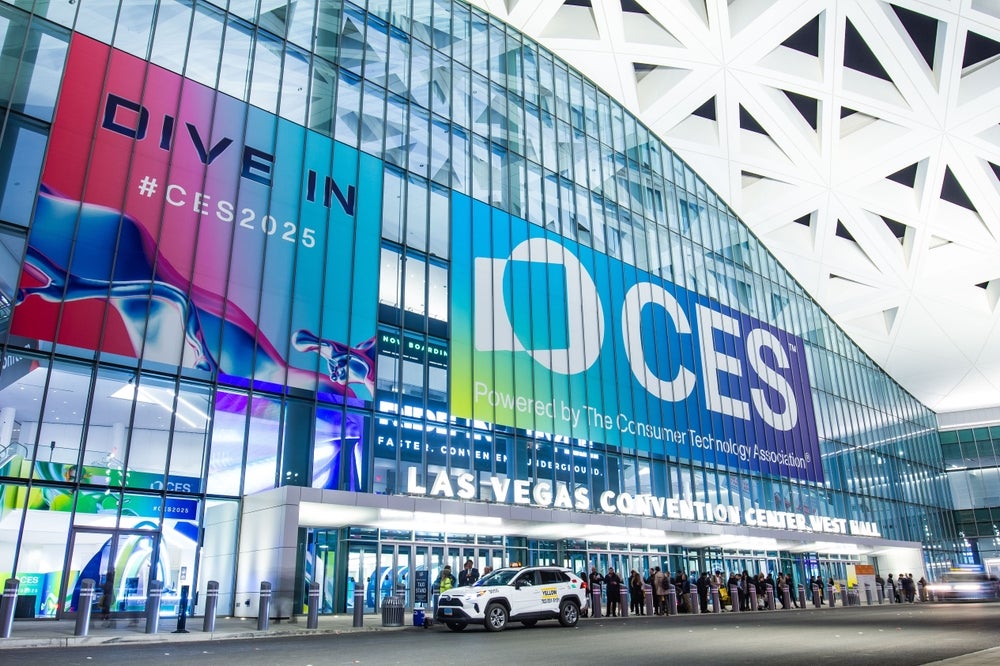Ad-based video on demand (AVOD) is the future of the TV streaming market. It will be the main factor driving the streaming market to critical mass and forcing pay TV subscribers to cut the cord once and for all.
Asia’s AVOD dominance
Asia accounts for the vast majority of AVOD users globally. The region’s market is dominated by iQiyi, Youku, and Tencent Video in China; and Hotstar (owned by Disney) in India. Firms offer free access to content that includes ads, alongside ad-free premium services that typically cost less than a few dollars a month. Content remains the same on both AVOD and premium tiers. These services are hugely popular in Asia, with over a billion monthly active users (MAUs).
The migration West
Western markets have not yet embraced the AVOD model, but its popularity is rising. Western uptake will be driven by a rise in the cost of streaming subscriptions and the growing fragmentation of the streaming market. The emergence of several new players will force users to have multiple accounts to access the content they want.
The cost of Netflix’s standard account has risen from just $8 per month in 2010 to $13 in 2020. These increases have made consumers more receptive to free, ad-funded video. This year will see the launch of the first major US AVOD platform, NBCUniversal’s Peacock. It will be followed by HBO Max, which is also launching this year and is suggested to be planning to offer an AVOD supported service from 2021.
These big names will help to bring AVOD into the mainstream. Currently, the largest exclusive AVOD player outside of Asia, Pluto TV, has just 22 million users. This is tiny compared to Netflix’s 167 million users worldwide. However, its potential has not gone unnoticed, with ViacomCBS paying $340m to acquire Pluto TV in 2019.
A different sort of ad
TV ads are known for being frequent, repetitive, and untargeted. They are the bane of any TV viewer’s existence. AVOD uptake has not only been driven by a desire to save money, but by an improvement in the ad experience. Ads on broadcast networks have to appeal to a wide audience. AVOD services allow for targeted ads based on data, theoretically making ads more relevant. On broadcast TV, a one-hour drama typically includes 18 minutes of advertising, compared to an average of just five minutes on a streaming service.
How well do you really know your competitors?
Access the most comprehensive Company Profiles on the market, powered by GlobalData. Save hours of research. Gain competitive edge.

Thank you!
Your download email will arrive shortly
Not ready to buy yet? Download a free sample
We are confident about the unique quality of our Company Profiles. However, we want you to make the most beneficial decision for your business, so we offer a free sample that you can download by submitting the below form
By GlobalData2020 will be a defining year for the market. Successful launches in the US could shift the entire TV market, as customers there have grown used to paying for premium TV subscriptions and being forced to watch ads. AVOD will take away this cost and reduce the ad load, making them an attractive proposition.








Related Company Profiles
Netflix Inc